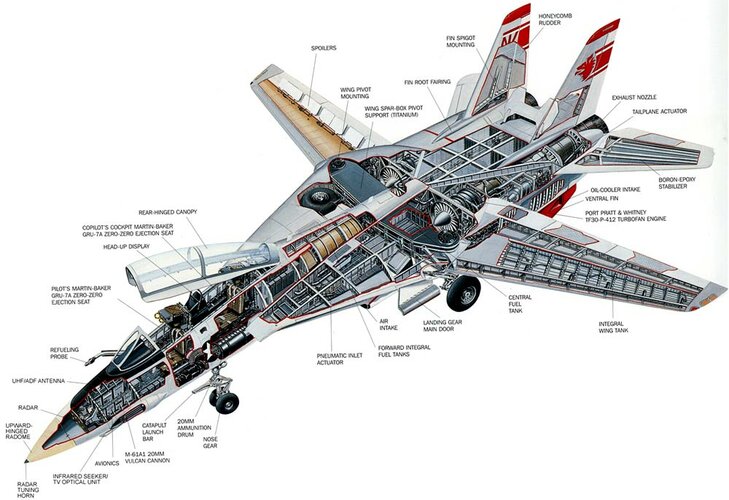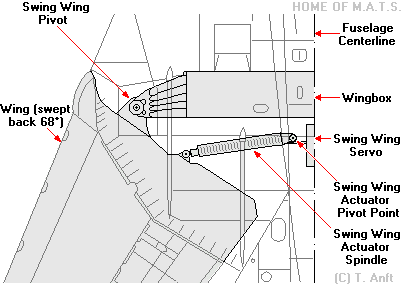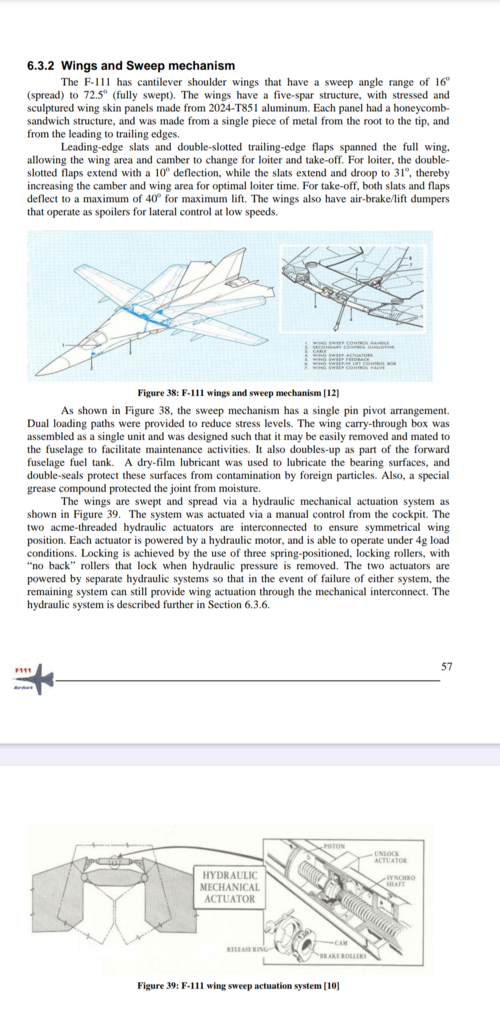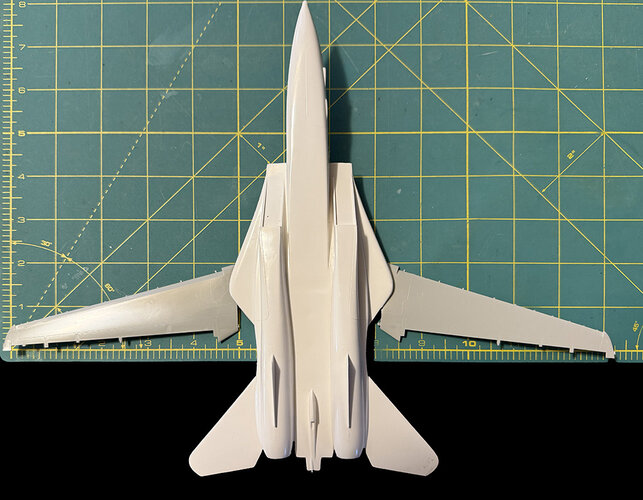Scott Kenny
ACCESS: Above Top Secret
- Joined
- 15 May 2023
- Messages
- 9,159
- Reaction score
- 10,196
This is a really weird question, I know.
Would it be possible to bolt F-111 wings onto an F-14? This would give the resulting plane 4 extra hardpoints capable of holding Phoenixes, though it's unlikely that would be an option from a carrier. I'm mostly thinking in terms of the extra wing tanks in the Vark wings (especially FB-111 wings).
If possible, how wide would this make the resulting plane's wingspan?
Would it be possible to bolt F-111 wings onto an F-14? This would give the resulting plane 4 extra hardpoints capable of holding Phoenixes, though it's unlikely that would be an option from a carrier. I'm mostly thinking in terms of the extra wing tanks in the Vark wings (especially FB-111 wings).
If possible, how wide would this make the resulting plane's wingspan?








